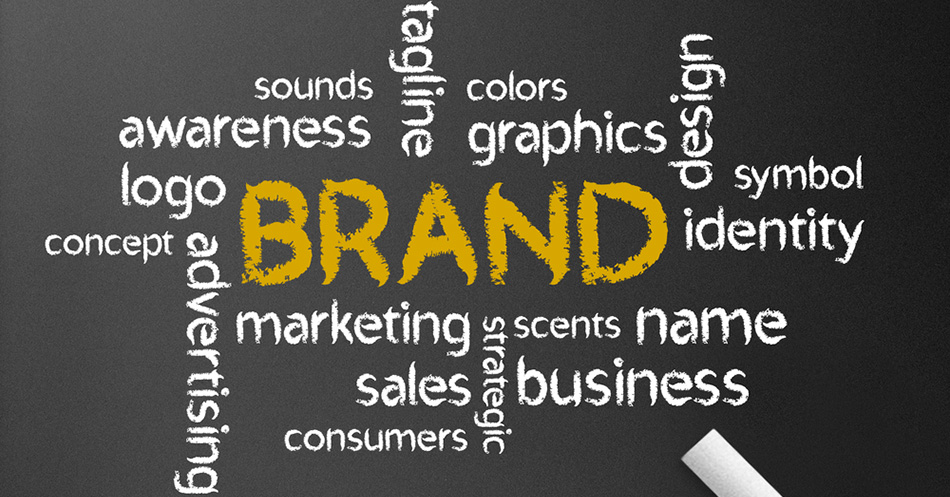The Tools of Brand Representation

Your brand is your most vital asset. It is the face of your business, heralding what the consumer can expect. Your brand is also a benchmark against which your competitors measure themselves. Every company aspires to have a recognizable, respected brand that inspires trust in the general public.
Successful brand representation is best illustrated by those who’ve written the playbook. Companies like Apple, Microsoft, and Google have done what others can only dream of doing. Apple and Microsoft inspired such affinity with their customers that they identify themselves as “Apple people,” “Mac people,” or “Windows people.” Google has installed its name firmly in our vernacular as a verb, such as “I Googled my name last night.”
That level of brand awareness is what makes consumers think of your products and services first and causes them to rate your offerings over the competition instinctively. Reaching that pinnacle doesn’t happen by accident, nor does it occur organically. Successful brand representation is a result of a well-crafted brand development strategy.
Understanding what tools and techniques help you develop your brand is essential. You must also implement the right strategies to achieve your goals. Developing your brand is within reach when you understand how to approach it. Let’s look at how you can put this into practice for your brand.
Reviewing the Elements of Branding
A brand is a compilation of elements that work together to influence public perception. Many visual and audio elements make it unique. Visual components include logos, typography, imagery, color palettes, shapes, and slogans. Audio elements can be jingles, slogans, voice, and copy.
Other factors weigh into your brand image. What market niche does your brand fill? What is your brand story? Remember that your business’s mission statement and brand values factor into your image heavily.
These elements work in concert to create your unique brand. They are achieved and maintained using specific branding techniques. Knowing which to use and when to use them must be carefully planned and developed over time. You must also be aware that a successful strategy in one instance may not work the same as the situation changes, such as building your brand in new geographic or cultural markets.
The Tools of Branding
The tools you use for your branding are crucial to the success of your strategy.
Audio Branding
Audio elements like jingles occur alongside radio and podcast ads. Done successfully, they create the same recognition as the logo, such as the sound at the start of a 20th Century Fox movie. Some companies have even focused on their ads, such as the most recent Taco Bell ads. They portray customers who go into a trance-like state, immediately abandoning what they are doing and setting out to find their closest restaurant when they hear the gong of a bell.
Other companies have also successfully implemented audio branding with famously recognizable jingles. You have only to hear the word Nationwide to automatically finish with “is on your side” in your head. Other notable examples are Coca-Cola with I’d like to buy the world a Coke, Ace Hardware’s Ace is the place with the helpful hardware man, and Outback with I want my baby back, baby back, baby back ribs.
Visual Branding
Consider visual branding tools as style elements. They include logos, fonts, colors, and other factors of print and digital ads. Television and online ads are those that are most common today. However, magazines, pamphlets, business cards, billboards, and other marketing materials are still very relevant for visual branding. They can not only increase brand recognition but help promote particular products, services, or scenarios where your brand can offer value.
Brand Outreach
Brand outreach encompasses anything that promotes engagement with your customers or target audience. In this category are merchandise and brand ambassadors, including influencers. Whether internet or radio personalities, influencers can propel a brand from relative obscurity to a household name virtually overnight. Some of your most powerful ambassadors are your satisfied customers.
Event Branding
This category puts your brand in an entirely new scale of recognition due to its association with events such as concerts, seminars, festivals, parties, or cultural events like gallery openings, art exhibits, plays, or symphony performances. You may choose a sponsorship where your brand is portrayed alongside other promotions for the event or have booths where you can distribute samples of products. These events associate your brand with the fun consumers had during the activity and make you more memorable.
Effectively Manifest Your Identity and Develop Lasting Customer Relationships
Your brand representation manifests everything your company stands for, from your goals to your values to the level of quality you seek to provide with your goods or services. It facilitates consistency across all mediums, whether radio, digital, television, or print. Consistency of voice promotes recognition and trust in your existing and potential customers. It creates a lasting bond that leads to a loyal customer base.
A well-developed brand is more than the sum of its parts. It is an experience that allows the customer to identify with you instantly. That experiential approach goes a long way toward letting you influence their purchasing decisions. Work with an experienced media partner to help you develop your branding to develop strong customer relationships.
Share This
Subscribe
Stay on top of industry news and trends.
